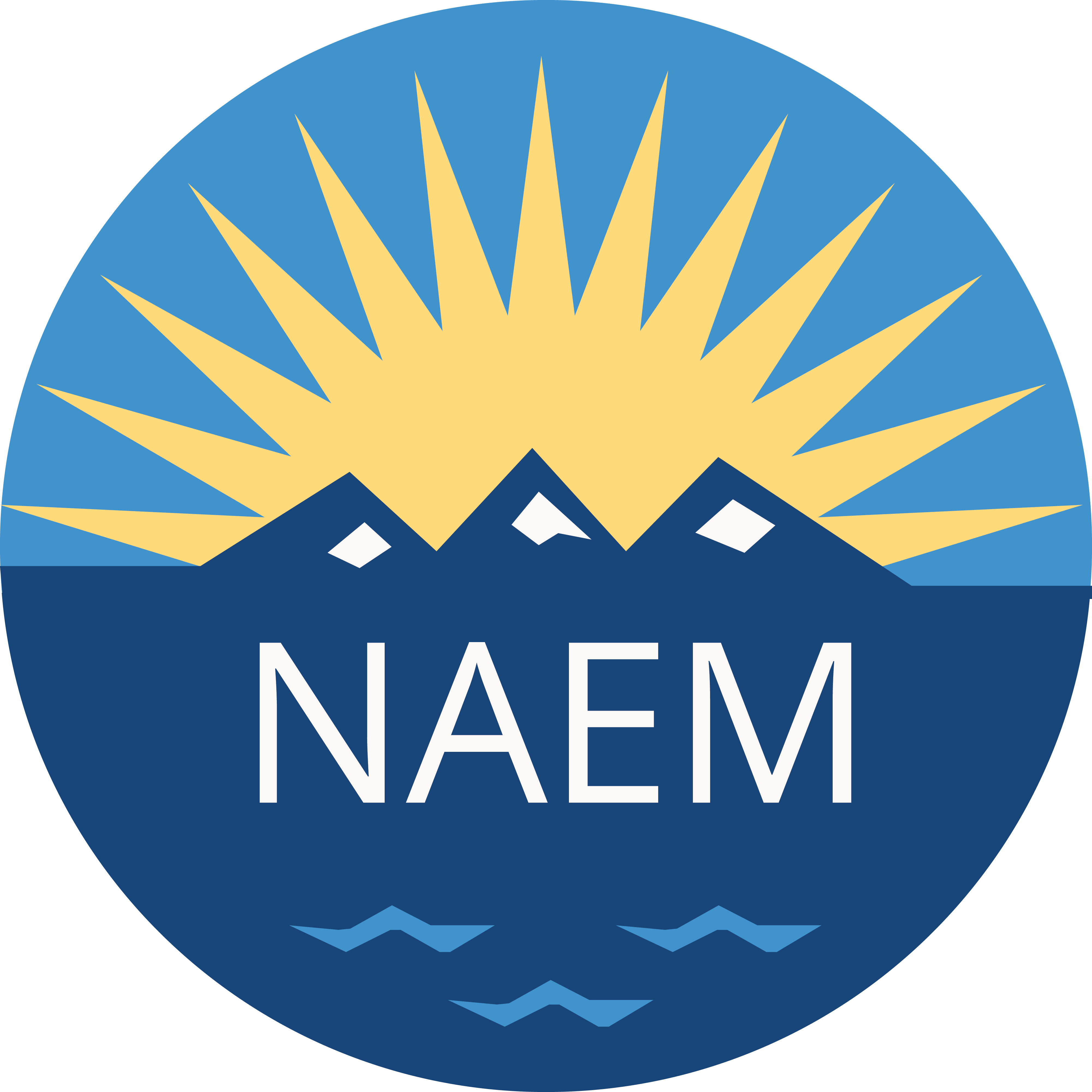Highlights from the New GRI G4 Guidelines
Highlights from the New GRI G4 Guidelines
By James Margolis, Partner; ERM Group Inc.
GRI Global Conference, May 22, 2013
It’s official. The Global Reporting Initiative's (GRI) G4 guidelines have been released! Here are the highlights, fresh from a full-day GRI certified training partner workshop I attended yesterday in Amsterdam. While I only had the guidelines in my hands for about an hour (we weren’t allowed to keep a copy until the official release just now), here are the key changes as highlighted in our GRI certified training partner workshop:
1. Structure and Format: There are two new GRI publications that make up G4. The first details the actual requirements for a GRI report; the principles, standard disclosures, performance indicators, etc. The second provides supporting guidance on the first.
2. In Accordance Scheme: The Level A-B-C scheme is officially gone. It’s been replaced by a two-tier "in accordance with GRI" scheme. The two tiers are:
- "Core" – the easier level, it should not scare off new reporters
- "Comprehensive” – a much higher bar, kind of like the current "Level A" subject to a materiality screen
3. Materiality Assessment: It's all about materiality. Beyond the standard disclosures, which are focused on the profile of the company and reporting procedures, the only specific performance indicators that you will need to report on are the ones that relate to your material issues. First, a company will be expected to list the specific issues that it determined to be material during the reporting period. For the “Core” in accordance level, you need to report at least one of the relevant GRI performance indicators for a given material aspect. For “Comprehensive,” you need to report on all of the relevant performance indicators for a given material aspect. GRI’s explanation of materiality has been expanded to not only include what is important, but to also assess where it is important. For example, if the vast majority of your greenhouse gas emissions are Scope 3, you may only need to report on Scope 3 and can choose to not report on Scope 1 or 2. Similarly, if child labor is only material in certain countries of your supply chain, GRI encourages you to report on what you are doing to manage child labor in those specific regions where it is relevant, rather than a blanket policy statement that has minimal relevance in the majority of your operations.
4. Strategy and Profile Disclosures: This is where the most significant changes to G3.1 have taken place. The new disclosure elements include:
- Specifically listing your material aspects (as you’ve determined them)
- Providing a description of your supply chain
- 10 new governance disclosures -- mostly about board oversight of sustainability-related impacts and the report content, but also including remuneration ratios comparing the top executive to the average remuneration for all other employees (by country with significant operations!)
- A new section on Ethics and Integrity
- Many other existing disclosure requirements were bulked up with additional expectations.
5. Performance Indicators: The same six categories are still in place: Economic, Environmental, Labor Practices and Decent Work, Society, Human Rights and Product Responsibility. However, a number of new performance indicators were added. These include:
- GHG emissions intensity
- Energy use in your supply chain and product use
- Supply chain screening and significant impacts, both overall and specifically related to environment, labor practices, human rights and society.
- Many other existing indicators were revised (some streamlined, others expanded)
- The distinction between “core” and “additional” indicators is gone (gone with the A-B-C levels); everything is driven by the materiality assessment.
6. Disclosures on Management Approach (DMA): Expectations for DMA have been enhanced; they need to be provided for each material aspect. The new guidance provides a “generic” DMA reporting framework which focuses on three things: describing why an aspect is material (and the impacts that make it material), how the aspect is being managed, and how management reviews and improves the management approach.
7. Sector supplements: The sector supplements themselves haven’t changed, but how you use them has. You only have to report on the sector-specific performance indicators if you have determined they are material through the materiality assessment.
I hope these initial highlights are useful. There will be much more to come in NAEM's webinar on May 30, when we’ll dig into the above changes and how the implications for reporters. Also, come join ERM for a free two-hour in-person download on G4 in one of seven US cities (Atlanta, Boston, Chicago, Denver, Philadelphia, Seattle, and San Francisco) in early June. If you have any questions, feel free to contact me at james.margolis@erm.com.

